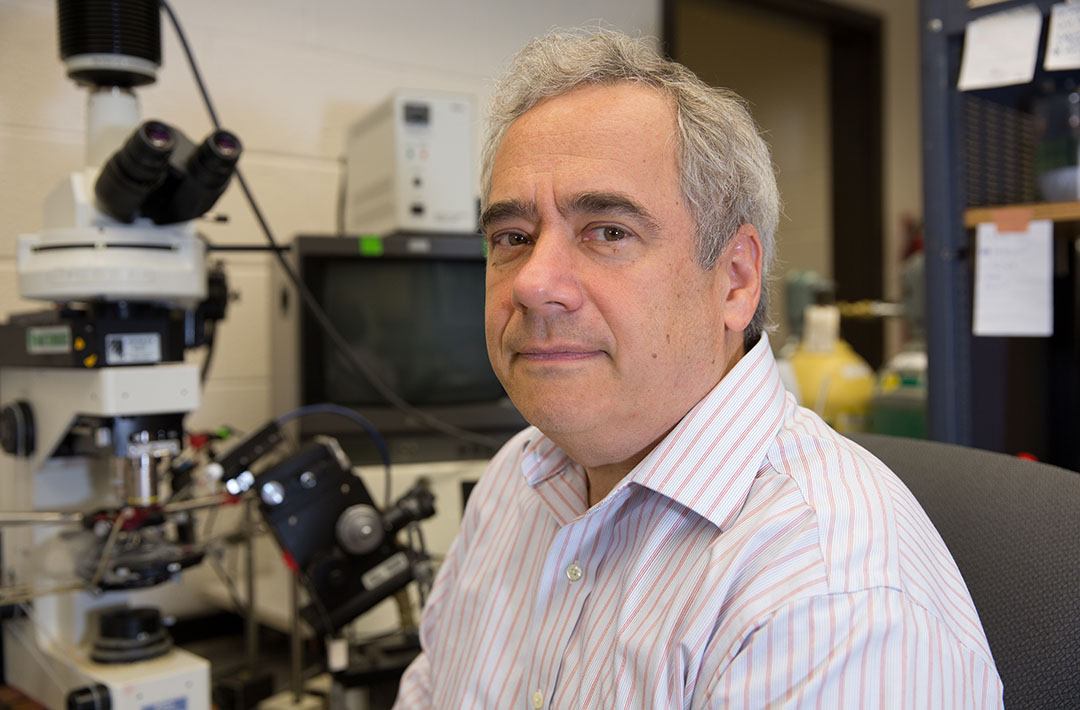By Kristen Mitchell
George Washington University researchers have been awarded $1.6 million from the National Heart, Lung and Blood Institute to study the connection between the brain and the heart, research that could help the 23 million people living with heart failure worldwide.
The four-year project will study ways to restore parasympathetic activity to the heart through oxytocin neuron activation, which could improve cardiac function during heart failure.
The grant was awarded to David Mendelowitz, vice chair and professor in the Department of Pharmacology and Physiology at the School of Medicine and Health Sciences, and Matthew Kay, associate professor in the Department of Biomedical Engineering at the School of Engineering and Applied Science.
The body’s parasympathetic system conserves energy and slows heart rate, while the sympathetic system is stimulating. A trademark of heart failure is autonomic imbalance, which consists of increased sympathetic activity and decreased parasympathetic tone, according to the American Heart Association. There are few effective treatments for increasing parasympathetic activity to the heart.
The proposed studies will test the hypothesis that activating nerve centers in the brain that create oxytocin would restore diminished parasympathetic cardiac activity and improve heart function in animals with heart failure.
While oxytocin is often used to start or increase speed of childbirth, recent research has revealed a role in feelings of generosity and bonding. It may also have beneficial effects on the heart.
“Any therapy that can keep people active I think is going to be extremely beneficial,” Dr. Kay said.
According to the Centers for Disease Control and Prevention, one-half of people with heart failure will die within five years of the diagnosis. With 5.7 million adults in the United States dealing with heart failure, the condition is an expensive problem, Dr. Kay said.
“The hope would be that if our results are promising at the animal level, at the basic science level, that hopefully it would be translatable in clinical studies,” Dr. Mendelowitz said.
How the research would manifest for clinical use has yet to be seen, Dr. Kay said. Whether it’s a drug, an electronic device or something else, there are typically 10 to 20 years between scientific testing and human clinical application.
“Right now all of those options are kind of wide open,” Dr. Kay said. “We just don’t know what the best approach is going to be.”
The project is a collaboration between the School of Medicine and Health Sciences and the School of Engineering and Applied Science. Working together, Dr. Mendelowitz and Dr. Kay hope to unravel the complex interaction between the brain and the heart during heart failure.
“We each bring very different expertise to the project,” Dr. Mendelowitz said about Dr. Kay and himself. “In a world of specialization, we really need to have collaborators to solve the problem together.”


